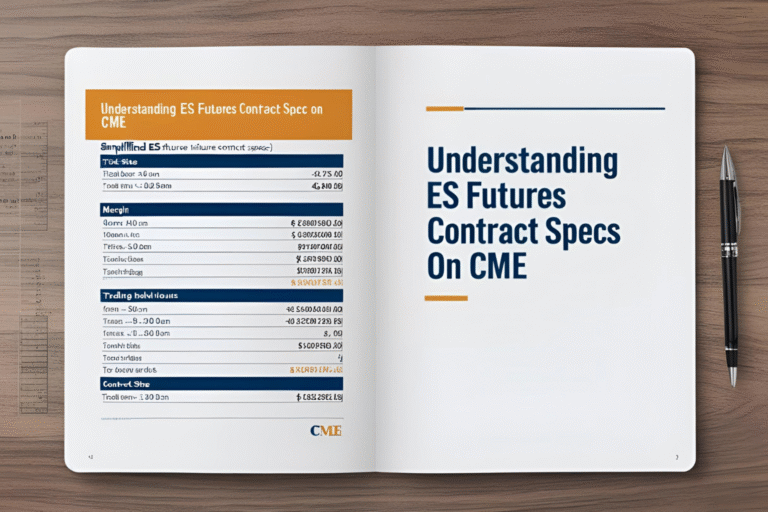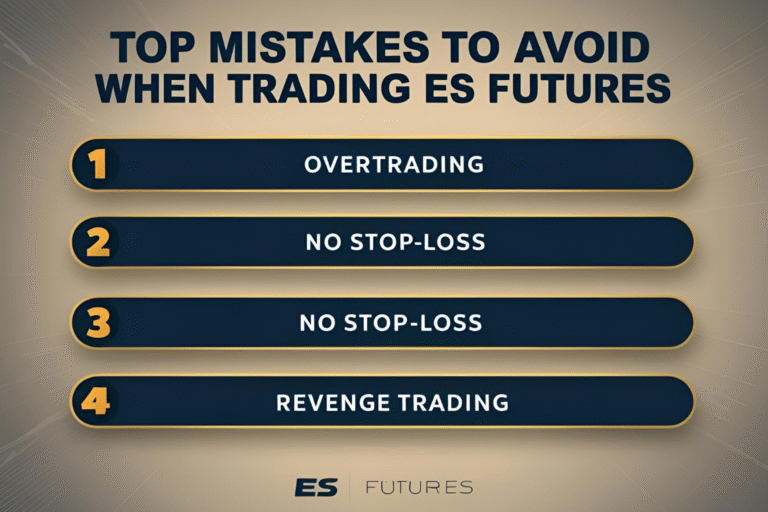ES vs NQ Futures: Which Index Should You Trade?
Two of the most traded index futures contracts in the world are ES (E-mini S&P 500) and NQ (E-mini Nasdaq 100). While both offer excellent liquidity and near-24-hour trading, they behave differently—and choosing the right one depends on your trading style, risk tolerance, and strategy. Let’s compare ES vs NQ futures in key areas to…









